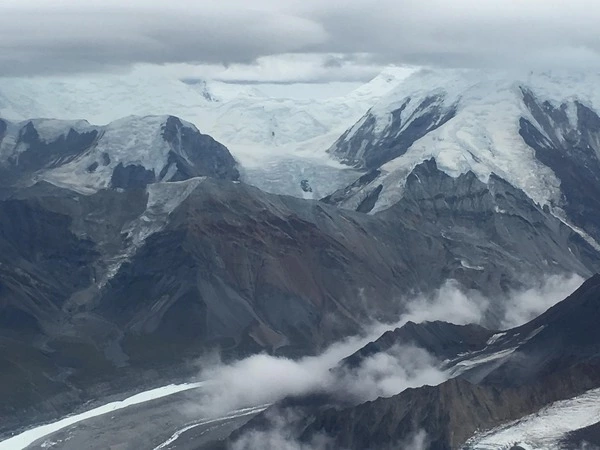High-resolution modeling of a blizzard-like storm that killed 21 ultramarathoners in 2021 reveals where coarser models underpredicted the storm and emphasizes the importance of ultra-high-resolution forecasts for events held in mountainous terrain.
In late May 2021, 172 runners will compete in a 100-kilometer (62-mile) ultramarathon in northwest China. Temperatures plummeted by midday as the runners made their way through a rugged, high-elevation section of the course, strong winds whipped around the hillslopes, and freezing rain and hail pummeled the runners. The death toll from the sudden storm had risen to 21 by the next day.
A new study looks back at the deadly event to see how hyper-local modeling can improve forecast accuracy for mountain events. The runners got into trouble because the race’s hourly weather forecasts underestimated the storm. According to the new study, which was published in the AGU journal JGR Atmospheres, the steep mountain slopes had highly localized effects on wind, precipitation, and temperature at too small a scale for weather forecasts for the event.
An apparent temperature forecast based on a high-resolution simulation may be helpful. While less frequent at lower elevations, when such storms do occur, they can strike suddenly and lead to injuries and loss of life.
Haile Xue
Hourly forecasts for the 2021 race were based on relatively large-scale atmospheric processes, with models running at a resolution of three kilometers, which is sufficient for most regional predictions but too coarse to capture “hyper-local” weather like the storm that hit the course, according to Haile Xue, a climate scientist at China’s CMA Earth System Modeling and Prediction Centre and the study’s lead author. Even though a wind and cold temperature advisory had been issued the night before, it lacked the resolution required to pinpoint the danger zones on the course.
“An apparent temperature forecast based on a high-resolution simulation may be helpful” in addition to general regional forecasts, Xue says. Conditions like the 2021 storm are common in mountains with extremely high elevations, such as Mount Everest and Denali, the paper states. While less frequent at lower elevations, when such storms do occur, they can strike suddenly and lead to injuries and loss of life.

The new study models the hyper-local weather conditions created by the mountains using topographic data from the course at tens of meters resolution rather than kilometers. The model accurately recreated the storm conditions from the race and even provided greater insight into what may have happened that day, with a resolution two orders of magnitude finer than the original forecasts for that weekend, as well as detailed considerations of mountainous topography.
The original forecast included a large-scale cold front, which would have led to temperature drops and stronger — but not extreme — winds, with only a low-level wind advisory issued. The new study found the apparent temperature could have dropped as low as -10 degrees Celsius (14 degrees Fahrenheit), about 3 degrees Celsius cooler than what the original models predicted.
We believe everyone deserves access to information that’s grounded in science and truth, and analysis rooted in authority and integrity. That’s why we made a different choice: to keep our reporting open for all readers, regardless of where they live or what they can afford to pay. This means more people can be better informed, united, and inspired to take meaningful action.
The model also generated a “impact forecast,” which included apparent temperature, which could have dropped even lower if humidity was taken into account, as well as the effect of wet clothes or skin on body temperature. Including these in forecasts, according to Xue, could help reduce the risk of hypothermia.
Following the event, the weather, race planning, and runner gear requirements were all discussed. Many endurance events necessitate multiple layers for warmth and rain protection; these were suggested but not required, potentially contributing to the loss of life. For an event to be safe, accurate weather forecasts and equipment requirements are required.





